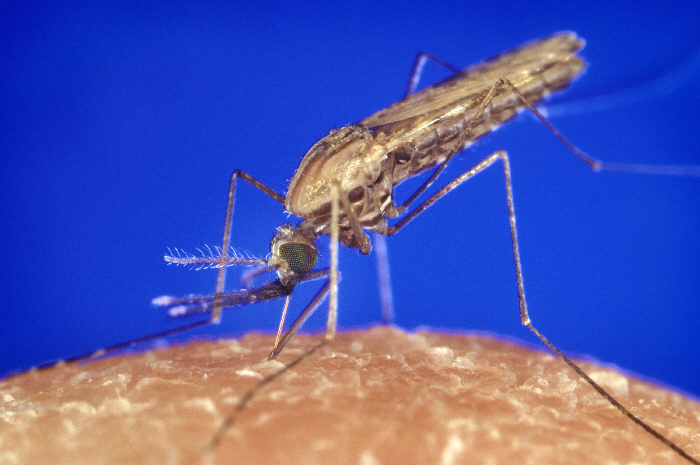Are Humans Vectors Of Disease?

Introduction
Humans have long been at the center of discussions surrounding disease transmission. As we navigate through a world increasingly affected by infectious diseases, the question arises: are humans vectors of disease? This article delves into the complex relationship between humans and pathogens, examining how we can act as vectors for various diseases, the implications of this role, and what it means for public health. Understanding our role in disease transmission is crucial for developing effective prevention strategies and protecting community health.
What Are Disease Vectors?
Defining Disease Vectors
- Vectors are organisms that carry and transmit pathogens to other living organisms. While we often think of insects like mosquitoes and ticks as vectors, humans can also serve this function.
- Pathogens can include bacteria, viruses, and parasites, which can be transmitted through direct contact or indirectly through environmental sources.
Examples of Human-Associated Vectors
- Direct Transmission: Humans can transmit diseases through bodily fluids (e.g., HIV, hepatitis).
- Indirect Transmission: Humans can also spread diseases via contaminated surfaces or objects (fomites), such as influenza or norovirus.
How Humans Act as Vectors of Disease
1. Direct Contact Transmission
Humans can directly transmit diseases through:
- Touch: Skin-to-skin contact can spread infections like scabies or herpes.
- Respiratory Droplets: Coughing or sneezing can release droplets that carry pathogens like the flu or COVID-19.
2. Indirect Contact Transmission
Humans often facilitate the spread of disease through indirect means:
- Fomites: Contaminated surfaces (e.g., doorknobs, phones) can harbor pathogens for extended periods, facilitating disease spread.
- Airborne Transmission: Some diseases, like tuberculosis, can linger in the air, allowing humans to transmit pathogens without direct contact.
3. Zoonotic Disease Transmission
Humans can also act as intermediaries in zoonotic diseases, where pathogens jump from animals to humans. For example:
- HIV: Believed to have originated from primates, HIV is now primarily spread among humans.
- Ebola: Initially transmitted from animals, it can spread rapidly through human-to-human contact.
The Role of Asymptomatic Carriers
Understanding Asymptomatic Carriers
- Asymptomatic carriers are individuals who carry a pathogen without showing symptoms. They can unknowingly transmit diseases to others.
- Examples include carriers of typhoid fever or COVID-19, who can spread the virus despite feeling healthy.
Implications for Public Health
- The presence of asymptomatic carriers complicates disease control efforts, making it essential for public health strategies to include widespread testing and vaccination.
Case Studies: Humans as Vectors
1. The COVID-19 Pandemic
- The COVID-19 pandemic highlighted humans as vectors on a global scale. Asymptomatic individuals contributed significantly to the spread of the virus, complicating containment efforts.
- Strategies like mask-wearing and social distancing were implemented to reduce transmission, emphasizing the need for collective responsibility.
2. The 2014 Ebola Outbreak
- During the Ebola outbreak in West Africa, humans were both hosts and vectors. The virus spread through direct contact with bodily fluids of infected individuals.
- Public health campaigns focused on education and behavioral change, showcasing the critical role humans play in disease transmission.
Preventive Measures: Reducing Human-Related Disease Transmission
1. Hygiene Practices
- Handwashing: Regular handwashing with soap and water can significantly reduce the transmission of many pathogens.
- Surface Disinfection: Regularly cleaning surfaces can help eliminate pathogens that humans might spread.
2. Vaccination
- Vaccines play a crucial role in preventing diseases that humans can transmit. Immunization reduces the likelihood of outbreaks and protects vulnerable populations.
3. Public Awareness Campaigns
- Educating communities about disease transmission and prevention strategies is vital. Awareness can empower individuals to take proactive measures to protect themselves and others.
Conclusion
In conclusion, humans are indeed vectors of disease, capable of transmitting various pathogens through direct and indirect contact. Understanding our role in disease transmission is essential for effective public health strategies aimed at controlling outbreaks and protecting community health. By embracing preventive measures such as hygiene practices, vaccinations, and public awareness campaigns, we can mitigate the risks associated with being disease vectors. As we continue to navigate the complexities of infectious diseases, our collective responsibility in preventing their spread has never been more crucial.



Comments ()